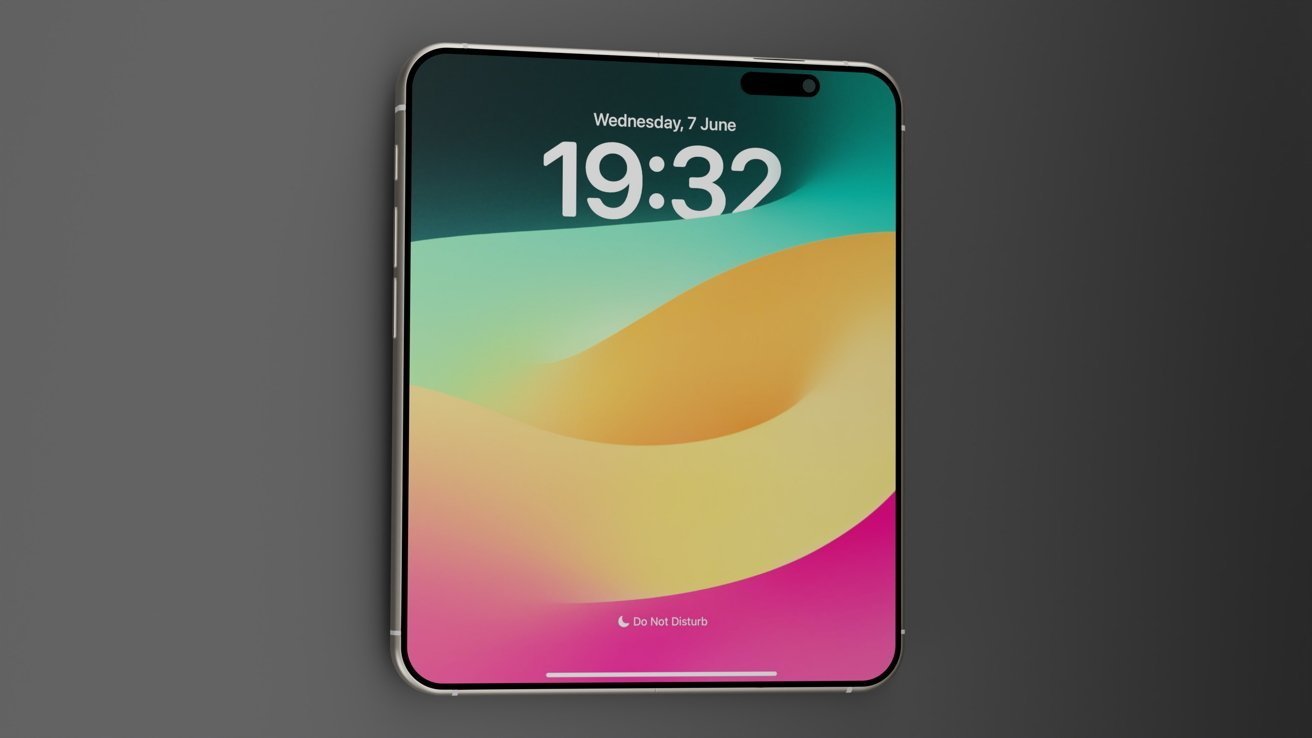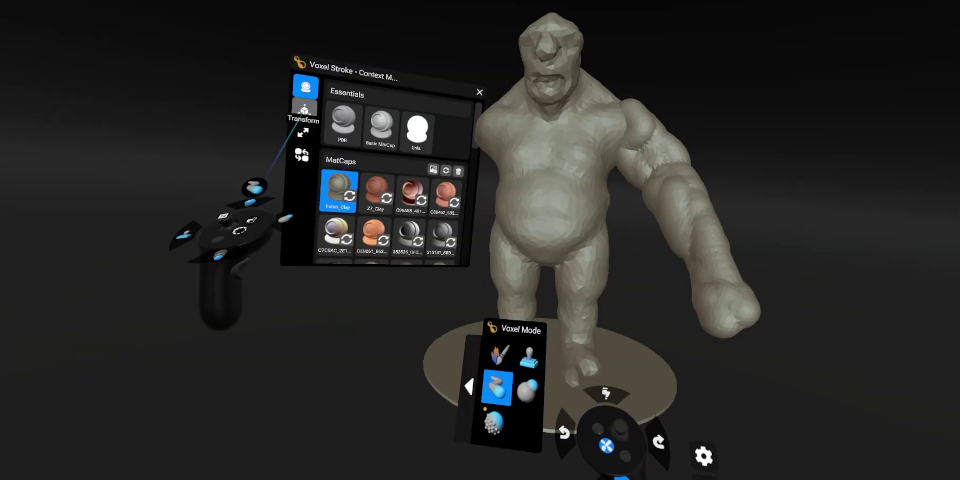
WWW.COMPUTERWORLD.COM
Anthropic’s Claude AI can now search through your Gmail account for ‘Research’
Anthropic has introduced two new features to its Claude AI assistant — Research and Google Workspace integration — marking its latest effort to position its AI assistant as a collaborative enterprise AI partner.
These features, now in beta for select paid plans, enable Claude to autonomously search the web and organizational content while connecting to Gmail, Google Calendar, and Google Docs to enhance contextual understanding and streamline workflows.
“In line with our vision for Claude as your collaborative partner that delivers hours of work in minutes, we’re continuing to expand the context that Claude has access to,” Anthropic said in a statement.
The move signals Anthropic’s intent to sharpen its edge in the increasingly crowded AI assistant market, where rivals such as OpenAI’s ChatGPT, Microsoft Copilot, and Google’s Gemini are pushing deeper into enterprise integrations.
“Claude is based on ‘constitutional AI’ training and brings in unique capabilities complementing Google’s Gemini — from handling longer contexts, effective reasoning to focus on privacy and security,” said Neil Shah, VP for research and partner at Counterpoint Research. “Enterprises using Workspace now have multiple model choices, from Gemini to Claude, to get the best possible output—safely and speedily.”
“Anthropic’s latest upgrades — Claude’s Research agent and Workspace-native integration — shift the competitive centre of enterprise AI,” said Sanchit Vir Gogia, chief analyst and CEO at Greyhound Research. “No longer content with fast answers, CIOs are demanding audit-ready, multi-document synthesis.”
Research: agentic exploration with citation
Claude’s new Research feature moves beyond reactive question-answering by conducting autonomous, multi-step investigations into user queries, pulling insights from both internal documents and the open web. Responses come with inline citations, supporting auditability and fact verification, the statement added.
“Anthropic’s emphasis on citation-backed reasoning and secure document retrieval is more than an academic choice — it’s a compliance lever,” Gogia said.
Unlike standard web search tools, Research applies reasoning to synthesize findings and deliver holistic, source-backed summaries, making it particularly useful for enterprise scenarios such as market analysis, technical due diligence, or executive briefings.
“By focusing on citation-backed responses and secure document retrieval, Claude addresses the critical needs of regulated industries where transparency and compliance are non-negotiable,” said Abhivyakti Sengar, practice director at Everest Group.
Workspace integration and enterprise features
Anthropic’s integration with Google Workspace tools allows Claude to securely access a user’s Gmail, Calendar, and Docs, enabling it to retrieve relevant files, extract meeting highlights, and summarize follow-up emails without repeated manual input.
Anthropic emphasized that data access is permission-based and session-limited, ensuring users retain control over their information, an important consideration for enterprises prioritizing compliance.
“This move strengthens Claude’s ability to learn more about enterprise workflows and become more proactive and autonomous — from processing extensive documentation to integrating citation and verification workflows,” Shah added.
For enterprise users, Claude now supports advanced document cataloging, building a searchable index across organizational files that allows Claude to surface specific information buried in long documents or scattered across multiple formats.
“When cataloging is enabled, Claude leverages a specialized index of your organization’s documents to find the information you need,” Anthropic statement added.
At the technical level, Claude’s Research and cataloging capabilities are powered by Retrieval-Augmented Generation (RAG), a framework that augments large language models with real-time information retrieval.
Anthropic noted that Claude’s access to both Workspace tools and document repositories is strictly permission-controlled, and access is not retained after sessions unless explicitly configured, helping maintain compliance with enterprise policies.
“Unless vendors like OpenAI and Google match Claude’s standards for sandboxed context and retrieval integrity, enterprise AI adoption will continue to be throttled by fear, not lack of functionality,” Gogia said.
Anthropic outlined how the new features can support a variety of enterprise functions. In marketing, Claude can analyze strategy documents and external sources to shape product launch plans. Sales teams can use it to compile briefings by summarizing past correspondence and surfacing relevant updates. Engineers may streamline technical planning by referencing design documents and external API specifications in a unified view.
Strategic positioning against competitors
These updates bring Claude into closer competition with Microsoft Copilot and Google Gemini, though Claude differentiates itself through agentic research workflows and explicit source citations — features designed to build trust in environments where decision-making relies on verifiable data.
“Anthropic does have an edge when it comes to retrieving safe, compliant, and verified outputs, especially in regulated verticals such as finance, healthcare, or even education, research, where Google Workspace is the strongest,” Shah pointed out. “For example, Claude on Google Cloud’s Vertex AI is now authorized for FedRAMP High and IL2 workloads, making it more apt for these verticals. Google’s recent deal with the government gives a very good runway for Claude. So, timing is perfect.”
Anthropic has crossed the threshold from assistant to analyst, pressuring rivals like Copilot and ChatGPT Enterprise to catch up on defensibility—not just capability, Gogia added.
While Microsoft and Google benefit from tight ecosystem lock-in with Office 365 and Google Workspace respectively, Claude aims to provide a more flexible overlay across platforms. Anthropic’s bet is that organizations working across diverse toolsets and managing complex document repositories will value Claude’s autonomy and interpretability over deep native integration.
“Google, being one of the key investors in Anthropic, it is natural to help Anthropic extend its reach in a more controlled way, complementing Gemini and at the same time, offering more choice to users based on the AI tasks in the Workspace,” Shah explained. “So, this combination gives Google an edge in enterprise vs standalone agents or agentic workflows such as CoPilot or OpenAI.”
Availability
The Research capability is now in early beta for users on Claude’s Max, Team, and Enterprise plans in the US, Japan, and Brazil. Web search functionality, which launched in the US in March, is now also available in Japan and Brazil. The Google Workspace integration is available in beta for all paid users. “These enhancements are only the beginning,” Anthropic said in the statement. “In the coming weeks, we’ll expand the range of content sources available and the ability for Claude to do research in more depth.”
0 Comments
0 Shares
56 Views











